Home>Storage & Organization>Kitchen Organizing Tools>How To Organize A Small Kitchen
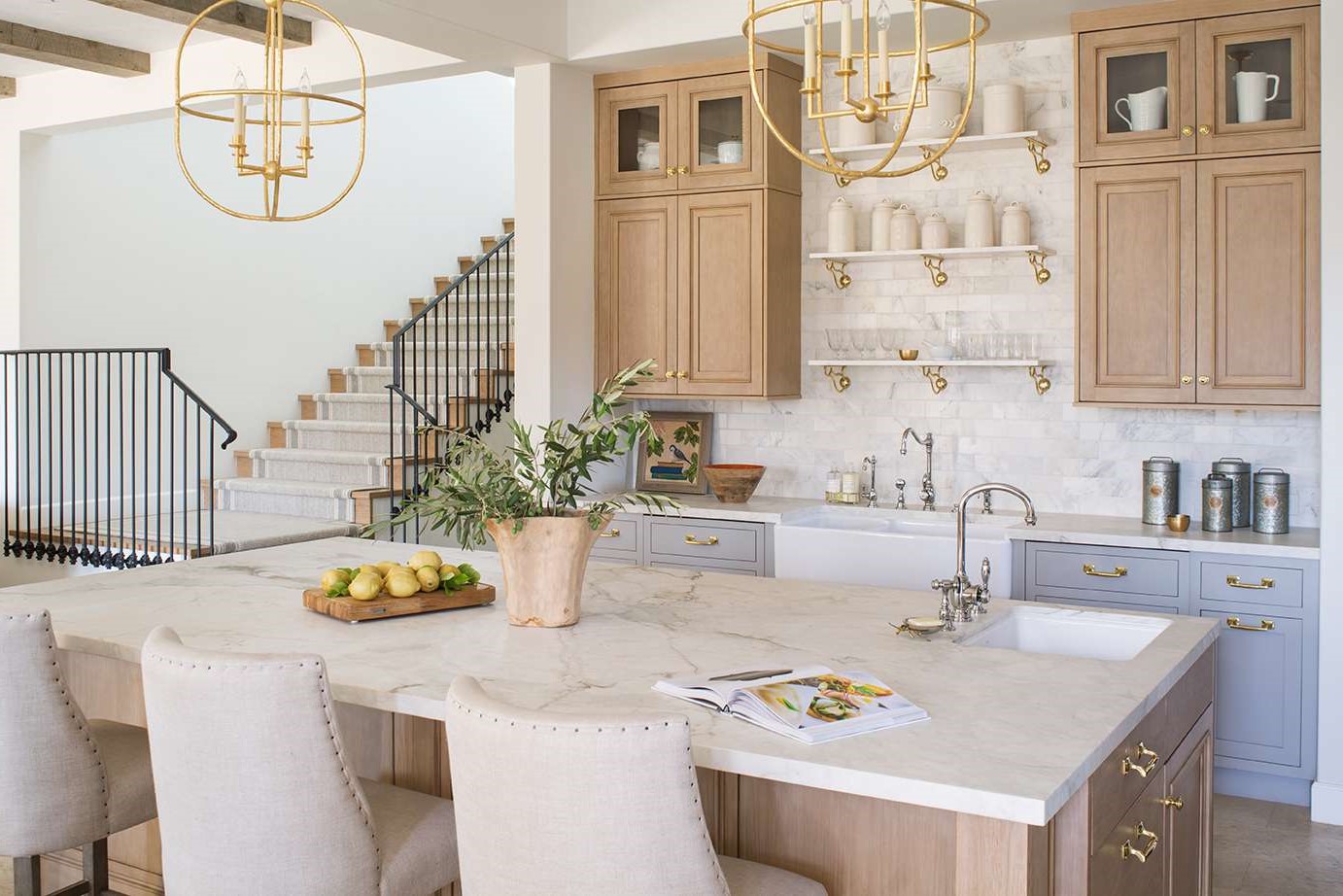

Kitchen Organizing Tools
How To Organize A Small Kitchen
Modified: March 22, 2024
Discover the best kitchen organizing tools and tips to maximize space in your small kitchen. Create a functional and efficient cooking area with these expert organization ideas.
(Many of the links in this article redirect to a specific reviewed product. Your purchase of these products through affiliate links helps to generate commission for Storables.com, at no extra cost. Learn more)
Assessing Your Kitchen Space
Before diving into organizing your small kitchen, it's crucial to assess the available space. Start by taking a good look at your kitchen layout and identifying the areas that are underutilized. Consider the available counter space, cabinet storage, and any empty corners or walls that could be utilized. By understanding the layout of your kitchen, you can effectively plan how to make the most of the space you have. Additionally, take note of any specific areas that tend to accumulate clutter or become disorganized more frequently. Understanding the unique challenges of your kitchen space will help you tailor your organization strategies to suit your needs.
Key Takeaways:
- Clear countertops and decluttering cabinets are key to organizing a small kitchen. Utilize vertical space with hooks, racks, and adjustable shelving for efficient storage solutions.
- Create functional work zones like preparation, cooking, and cleaning areas to streamline meal preparation. Regularly maintain and update organization systems for an efficient kitchen.
Decluttering and Sorting
-
Start with a Clean Slate: Begin by removing everything from your cabinets, drawers, and countertops. This allows you to see the full extent of your kitchen items and evaluate what you have.
-
Sort and Categorize: Group similar items together, such as utensils, cookware, dishes, and pantry items. This process helps you identify duplicates and items you no longer use.
-
Declutter Ruthlessly: Be honest with yourself about what you truly need and use. If you haven't used an item in the past year, consider donating or discarding it.
-
Consider Multipurpose Items: Look for kitchen tools and appliances that can serve multiple functions, reducing the number of individual items you need to store.
-
Evaluate Countertop Necessities: Keep only the essential items on your countertops to free up space and create a more streamlined look.
-
Purge Expired Items: Check your pantry for expired food items and dispose of them properly. This not only declutters your space but also ensures that you're only keeping fresh, usable items in your kitchen.
-
Invest in Storage Containers: Use clear, airtight containers to store pantry items such as grains, pasta, and snacks. This not only keeps your pantry organized but also helps to maintain the freshness of your food.
-
Donate or Sell Unwanted Items: If you have kitchen gadgets or tools that are in good condition but no longer serve a purpose in your kitchen, consider donating or selling them to someone who can make use of them.
By decluttering and sorting through your kitchen items, you'll create a solid foundation for an organized and efficient space.
Maximizing Storage Solutions
When dealing with a small kitchen, maximizing storage is essential for maintaining an organized and functional space. Here are some effective strategies to make the most of your kitchen storage:
-
Utilize Cabinet Door Space: Install hooks or racks on the inside of cabinet doors to hang small items such as measuring spoons, pot holders, or kitchen towels. This often-overlooked space can provide valuable storage for frequently used items without taking up additional room in your cabinets.
-
Invest in Drawer Organizers: Use drawer dividers and organizers to keep utensils, cutlery, and other small items neatly separated and easily accessible. This prevents clutter and makes it simpler to find what you need when cooking or preparing meals.
-
Stackable and Nesting Containers: Opt for stackable and nesting containers to make the most of your pantry and cabinet space. These containers can be easily stacked to utilize vertical space efficiently, and when not in use, they can be nested together to save space.
-
Adjustable Shelving: Consider installing adjustable shelving in your cabinets to accommodate items of various heights. This allows you to customize the space according to your storage needs, making it easier to store tall bottles, small appliances, or dishes.
-
Over-the-Sink Cutting Board: Maximize counter space by using an over-the-sink cutting board. This not only provides a convenient area for food preparation but also creates additional workspace when needed.
-
Hanging Pot and Pan Racks: Free up cabinet space by installing a hanging pot and pan rack. This not only adds a decorative element to your kitchen but also keeps your cookware easily accessible and organized.
-
Wall-Mounted Shelves: Install wall-mounted shelves to store cookbooks, spices, or decorative items. This utilizes vertical space and keeps frequently used items within reach while freeing up valuable counter and cabinet space.
By implementing these storage solutions, you can optimize the available space in your small kitchen and create a more organized and efficient cooking environment.
Utilizing Vertical Space
When it comes to organizing a small kitchen, utilizing vertical space is a game-changer. Here are some effective ways to make the most of the vertical space in your kitchen:
-
Wall-Mounted Storage: Install wall-mounted shelves or racks to take advantage of vertical wall space. These can be used to store items such as spices, cookbooks, or decorative pieces, keeping them off the countertops and freeing up valuable surface area for food preparation.
-
Hanging Pot Racks: Consider installing a hanging pot rack from the ceiling. This not only adds a decorative element to your kitchen but also provides a practical storage solution for pots and pans, keeping them easily accessible while maximizing vertical space.
-
Overhead Storage: If your kitchen has high ceilings, consider adding overhead storage. This can be in the form of suspended racks or even a simple hanging basket system. Use this space to store items that are not frequently used, such as large serving platters or seasonal cookware.
-
Tension Rods: Install tension rods inside cabinets to create vertical dividers for items such as cutting boards, baking sheets, or pot lids. This prevents these items from stacking on top of each other and makes it easier to access the one you need without disrupting the rest.
-
Pegboards: Mount a pegboard on a kitchen wall and use it to hang frequently used utensils, mugs, or small pots. This not only keeps these items organized and within reach but also adds a decorative and customizable element to your kitchen decor.
By utilizing the vertical space in your small kitchen, you can effectively maximize storage and create a more organized and functional cooking environment.
Consider using vertical space by installing shelves or hooks to store items such as pots, pans, and utensils. This can help free up valuable counter and cabinet space in a small kitchen.
Organizing Cabinets and Drawers
Organizing cabinets and drawers is a crucial aspect of optimizing a small kitchen space. Here are some effective strategies to efficiently organize your cabinets and drawers:
-
Group Similar Items: Categorize items in your cabinets and drawers based on their use. For example, designate specific areas for dishes, glassware, cookware, and food storage containers. This makes it easier to locate items and prevents clutter.
-
Use Drawer Dividers: Utilize drawer dividers to keep utensils, cutlery, and small kitchen tools neatly separated. This prevents items from becoming jumbled together and makes it simpler to find what you need when cooking or preparing meals.
-
Stackable Containers: Opt for stackable containers in your cabinets to maximize vertical space. These containers can be easily stacked, allowing you to efficiently utilize the available space and keep items organized.
-
Adjustable Shelving: Consider installing adjustable shelving in your cabinets to accommodate items of various heights. This customizable feature allows you to tailor the space according to your storage needs, making it easier to store items such as tall bottles, small appliances, or dishes.
-
Utilize Cabinet Door Space: Install hooks or racks on the inside of cabinet doors to hang small items such as measuring spoons, pot holders, or kitchen towels. This often-overlooked space can provide valuable storage for frequently used items without taking up additional room in your cabinets.
-
Declutter Regularly: Regularly assess the contents of your cabinets and drawers to declutter and remove items that are no longer needed. This prevents unnecessary accumulation and ensures that the space is used efficiently.
By implementing these strategies, you can effectively organize your cabinets and drawers, making the most of the available space in your small kitchen.
Creating Functional Work Zones
In a small kitchen, creating functional work zones is essential for optimizing efficiency and organization. By designating specific areas for different tasks, you can streamline your cooking and meal preparation process. Here are some effective strategies for creating functional work zones in your small kitchen:
-
Preparation Area: Designate a clear countertop space as your primary preparation area. Keep this area free from clutter and dedicate it to tasks such as chopping, mixing, and assembling ingredients. Having a designated preparation area ensures that you have ample space to work and minimizes the time spent searching for tools or clearing space.
-
Cooking Zone: Identify a section of your kitchen near the stove or cooktop as the cooking zone. Store frequently used pots, pans, and cooking utensils within easy reach of this area. This setup minimizes the need to move back and forth across the kitchen while cooking, allowing for a more efficient and enjoyable cooking experience.
-
Cleaning Station: Allocate a specific area for dishwashing and cleaning. This may include the sink area and adjacent countertop space for drying dishes. Keep cleaning supplies and dishwashing essentials organized and easily accessible in this zone. By centralizing the cleaning process, you can maintain a tidy and functional kitchen space.
-
Storage Zones: Organize your cabinets and pantry to create dedicated storage zones for different categories of items. For example, designate specific shelves for dry goods, canned items, spices, and cooking oils. This approach makes it easier to locate ingredients and prevents overcrowding in individual storage areas.
-
Appliance Center: If space allows, create a designated area for small kitchen appliances such as the toaster, coffee maker, or blender. Keeping these appliances grouped together reduces countertop clutter and ensures that they are conveniently located for everyday use.
By creating distinct work zones in your small kitchen, you can optimize the layout and functionality of the space, making it easier to navigate and work efficiently during meal preparation.
Maintaining and Updating Organization Systems
Maintaining an organized kitchen is an ongoing process that requires regular attention and upkeep. Once you have established effective organization systems in your small kitchen, it's essential to maintain and update them as needed to ensure continued functionality and efficiency.
Here are some key strategies for maintaining and updating your organization systems:
-
Regular Maintenance: Schedule regular maintenance sessions to declutter and reorganize your kitchen. Set aside time every few months to assess the effectiveness of your current organization systems and make any necessary adjustments.
-
Reassess Storage Needs: As your cooking habits and kitchen inventory evolve, reassess your storage needs. Consider whether certain items can be relocated to better suit your workflow or if new storage solutions are required to accommodate additional kitchen tools or ingredients.
-
Labeling and Inventory: Utilize labeling and inventory systems to keep track of pantry items, spices, and other frequently used ingredients. Regularly check expiration dates and replenish essential items to maintain a well-stocked and organized pantry.
-
Adapt to Changing Needs: Be flexible and willing to adapt your organization systems to changing needs. If you find that a particular storage solution is no longer effective or efficient, don't hesitate to explore alternative options that better suit your current requirements.
-
Cleaning and Maintenance Routines: Establish cleaning and maintenance routines to keep your kitchen organization systems in top condition. This includes wiping down shelves, cleaning storage containers, and ensuring that items are returned to their designated spaces after use.
-
Utilize Feedback: Pay attention to how your organization systems are functioning and seek feedback from other household members who use the kitchen. Their input can provide valuable insights into areas that may need improvement or adjustment.
By consistently maintaining and updating your organization systems, you can ensure that your small kitchen remains a well-organized and functional space for meal preparation and cooking.
Frequently Asked Questions about How To Organize A Small Kitchen
Was this page helpful?
At Storables.com, we guarantee accurate and reliable information. Our content, validated by Expert Board Contributors, is crafted following stringent Editorial Policies. We're committed to providing you with well-researched, expert-backed insights for all your informational needs.
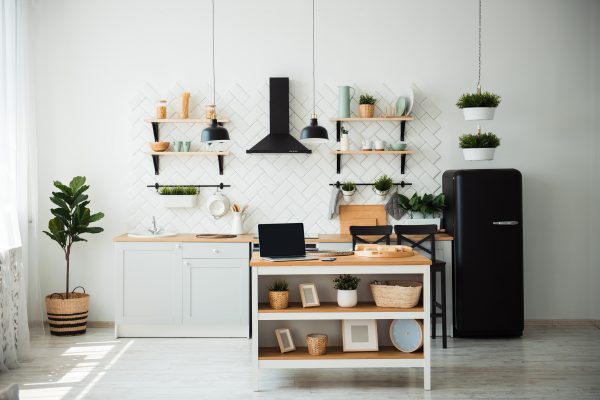
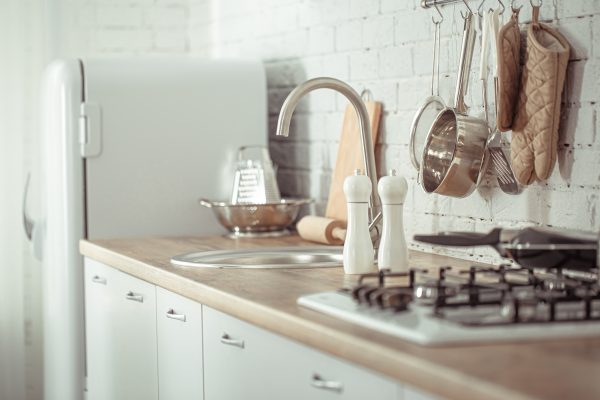
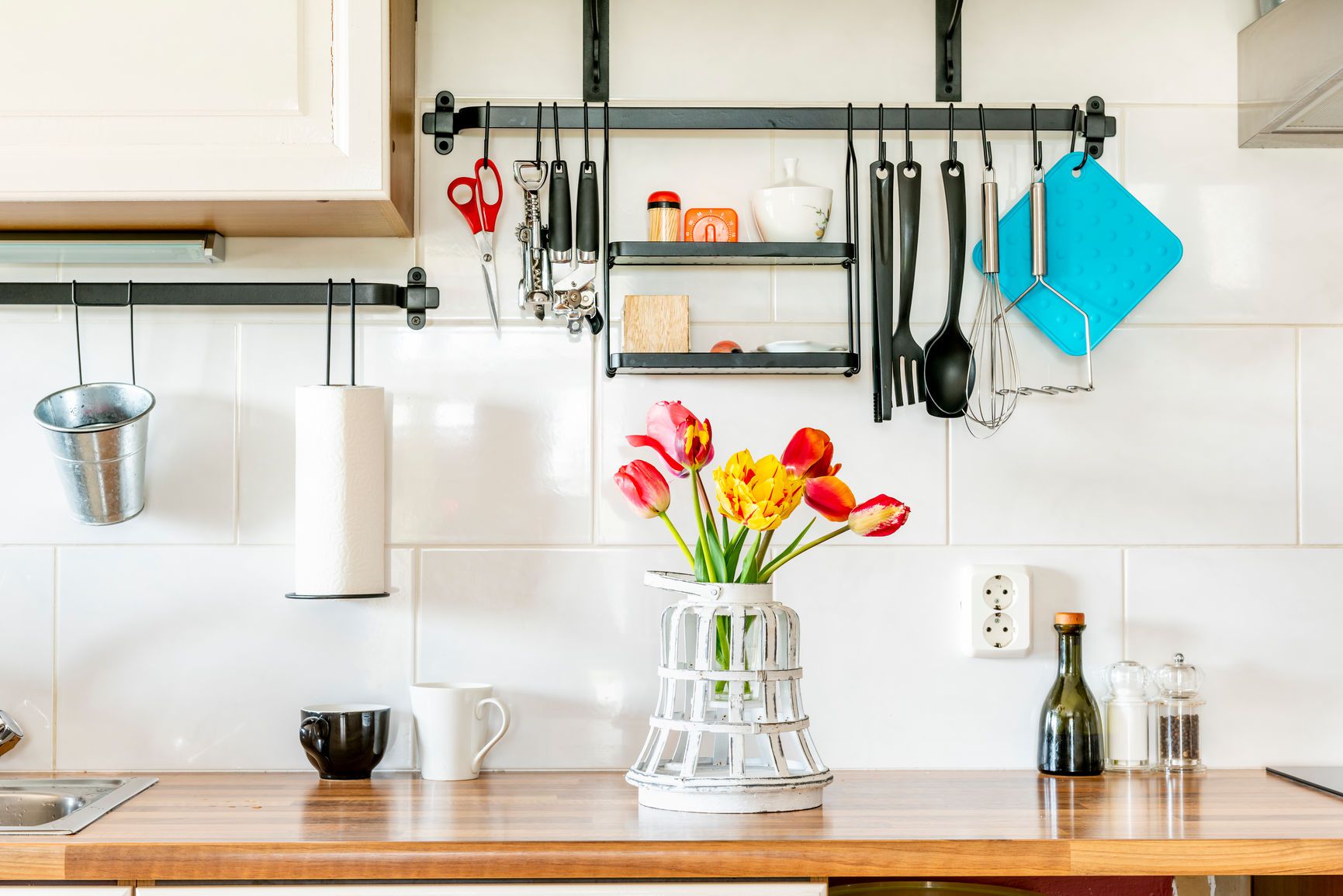
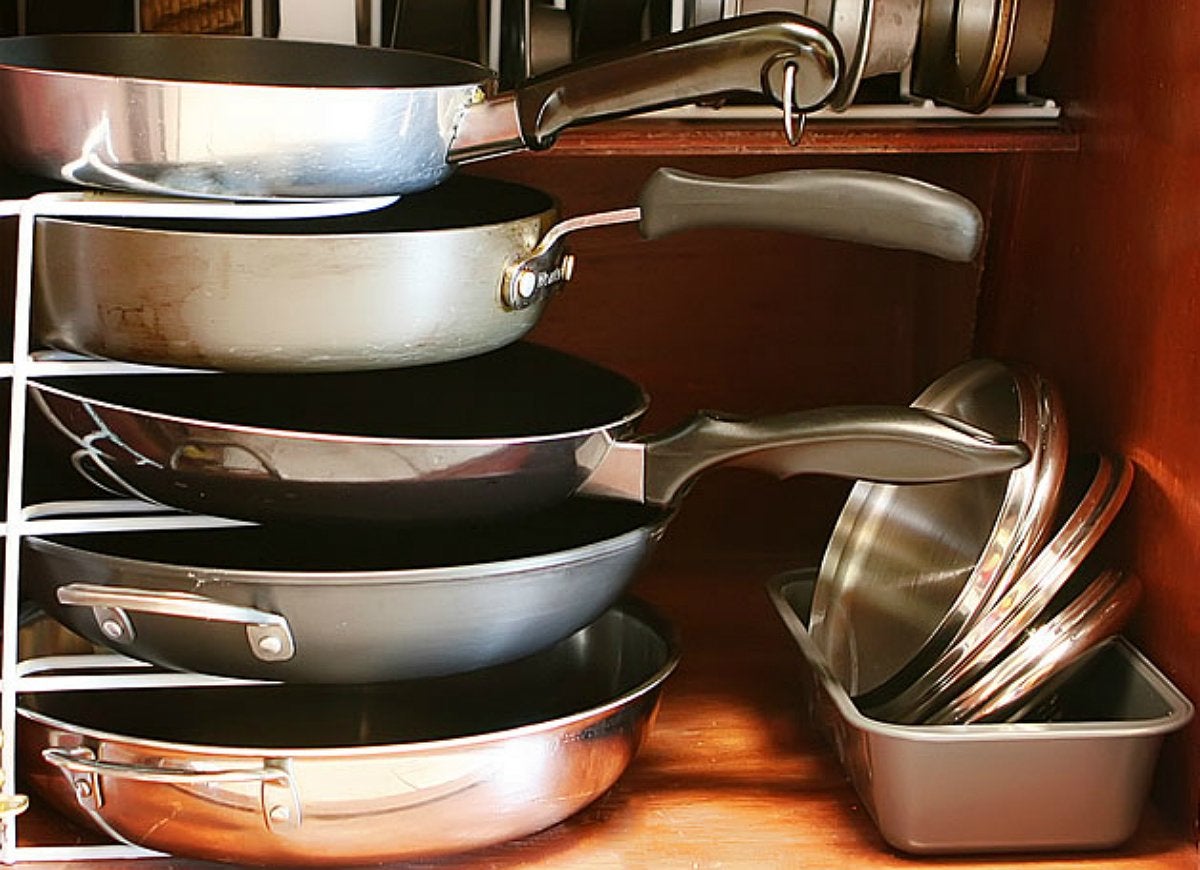
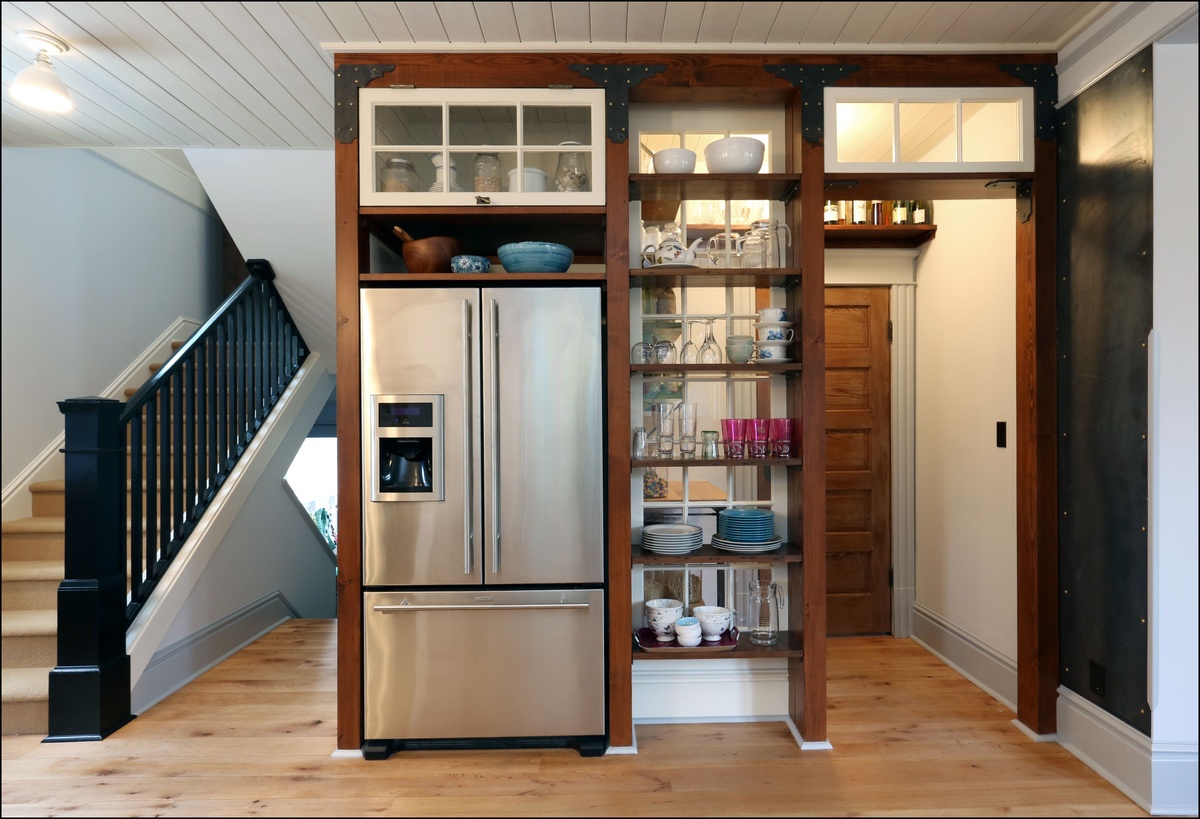
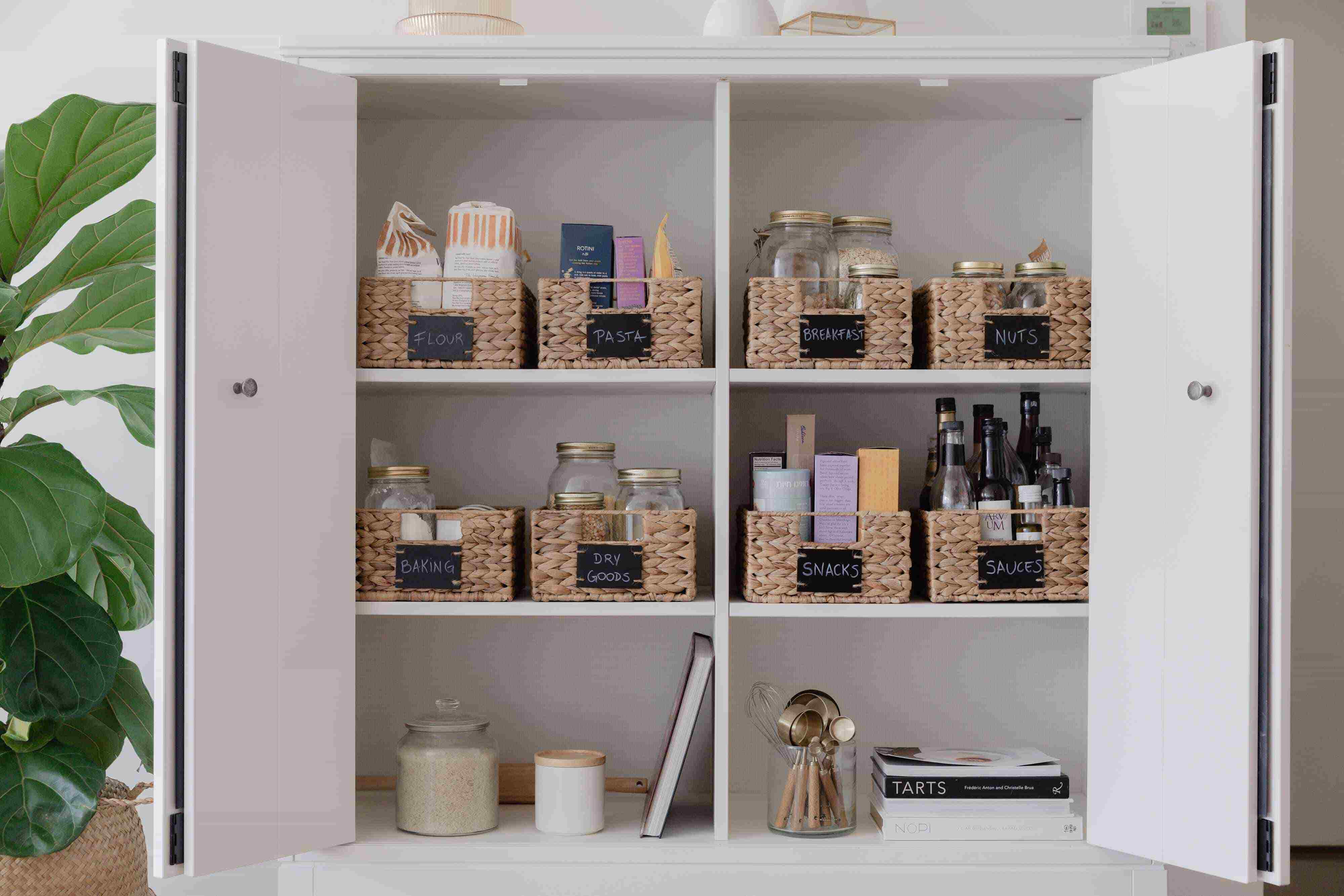
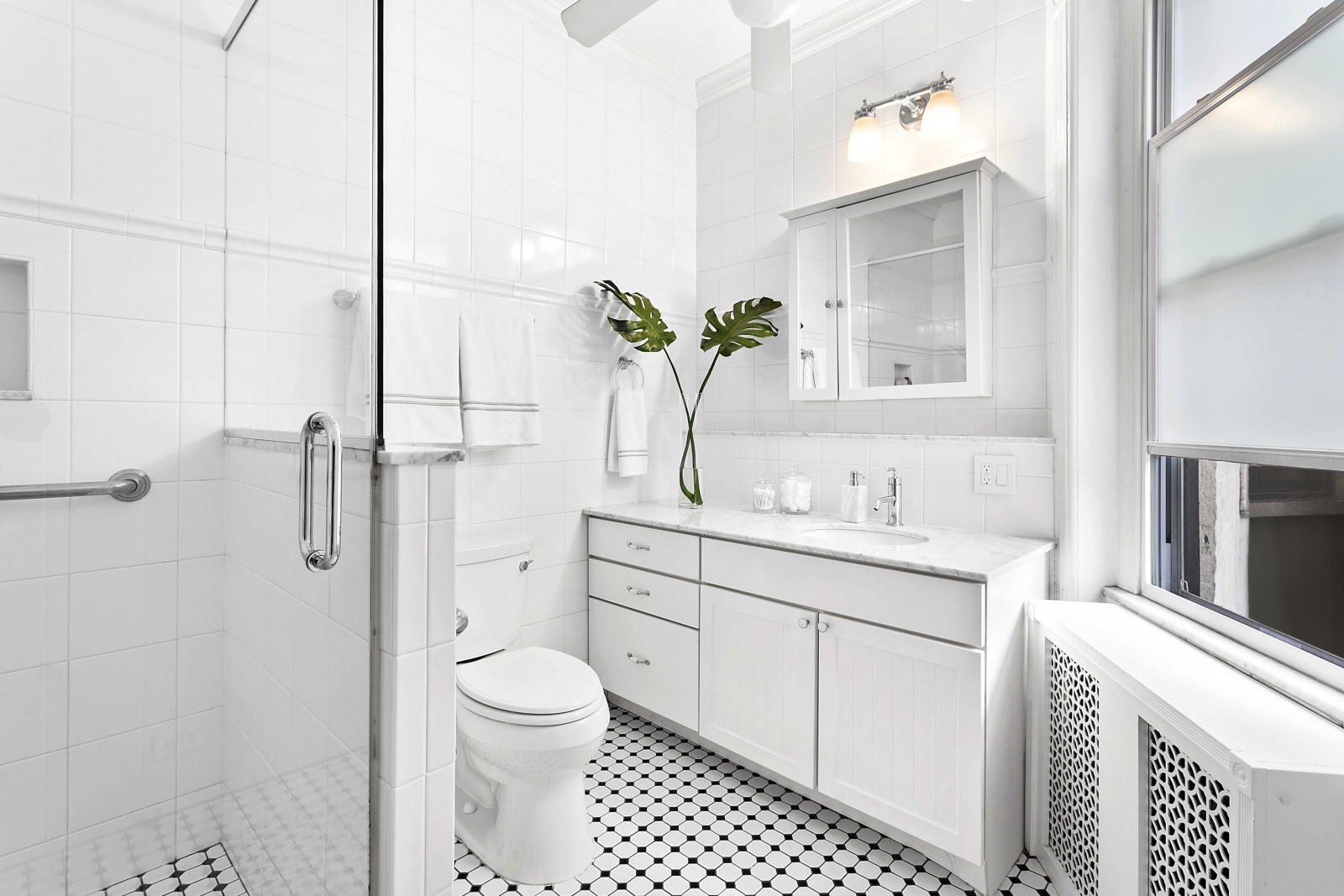
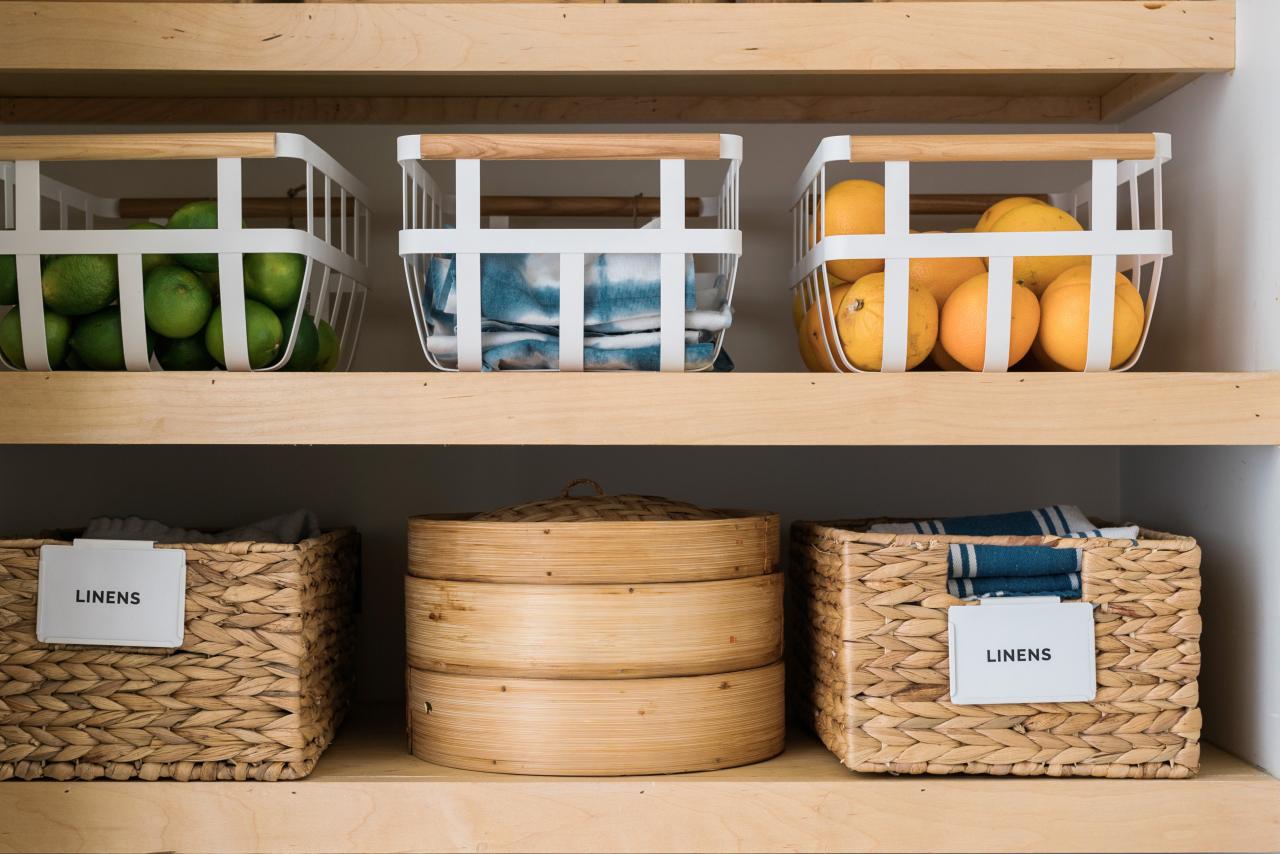
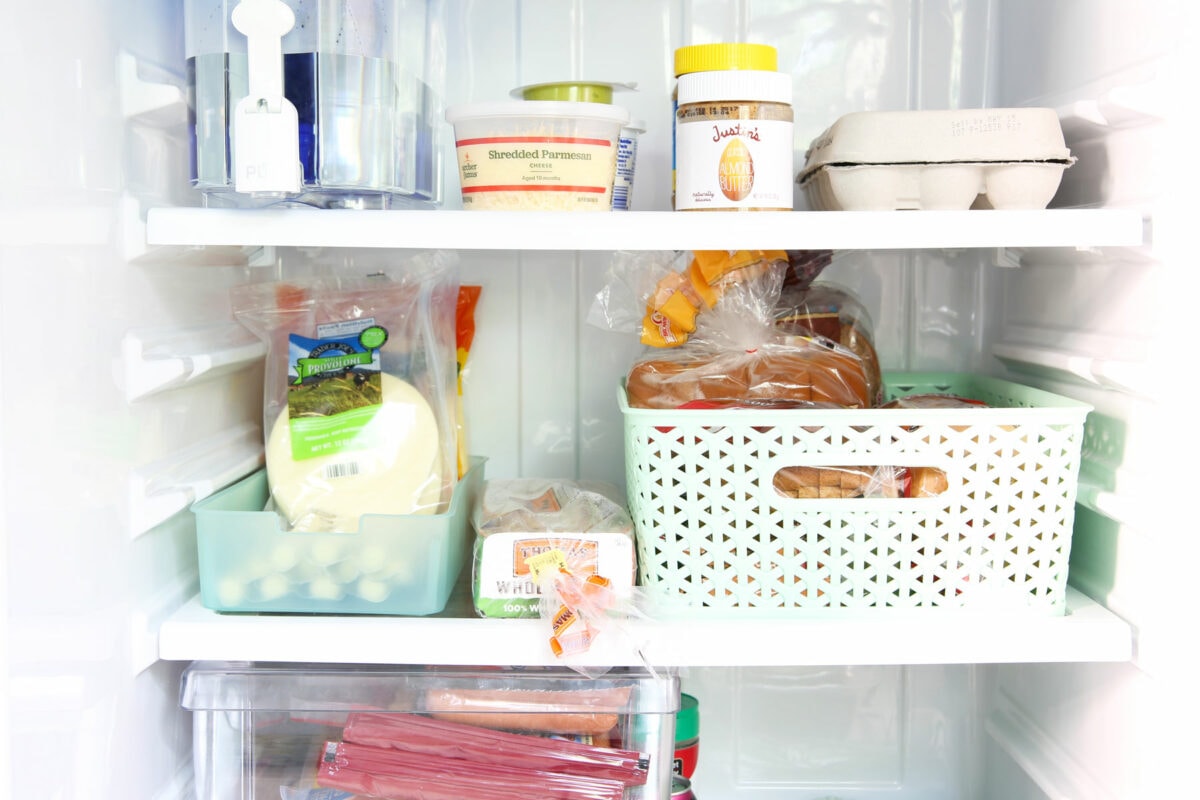

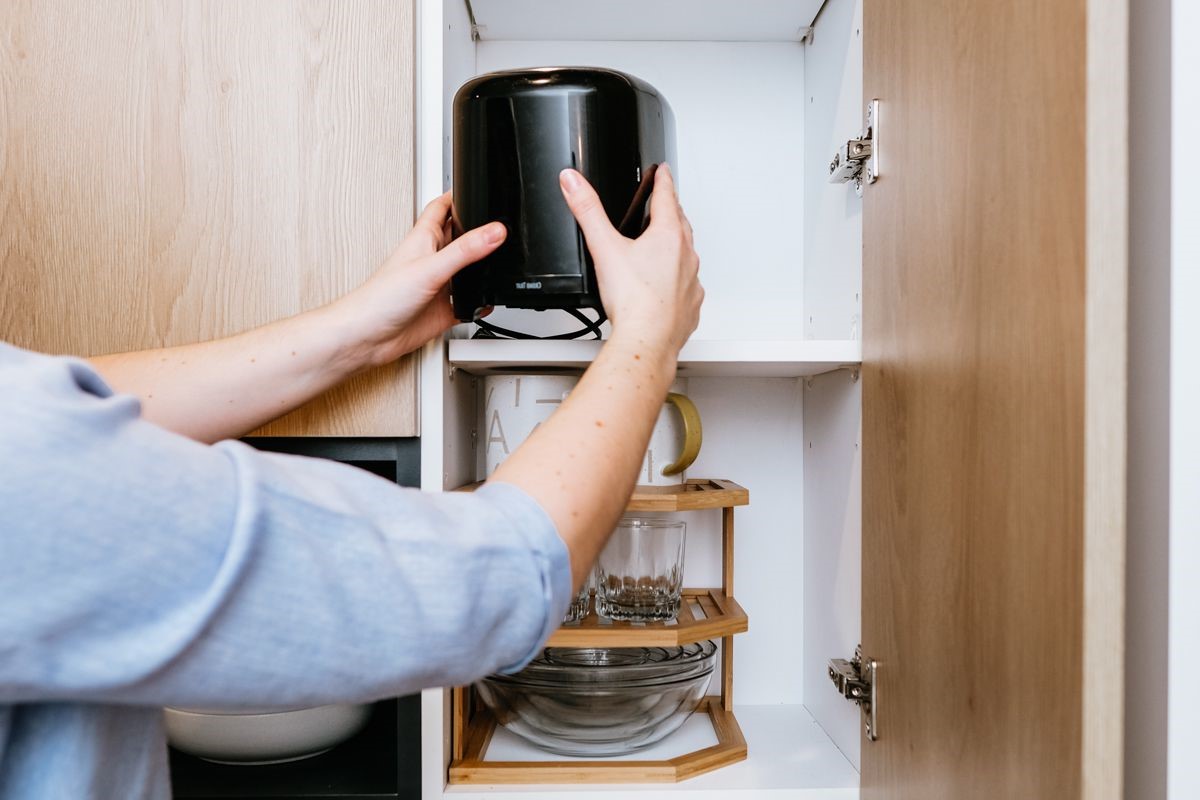


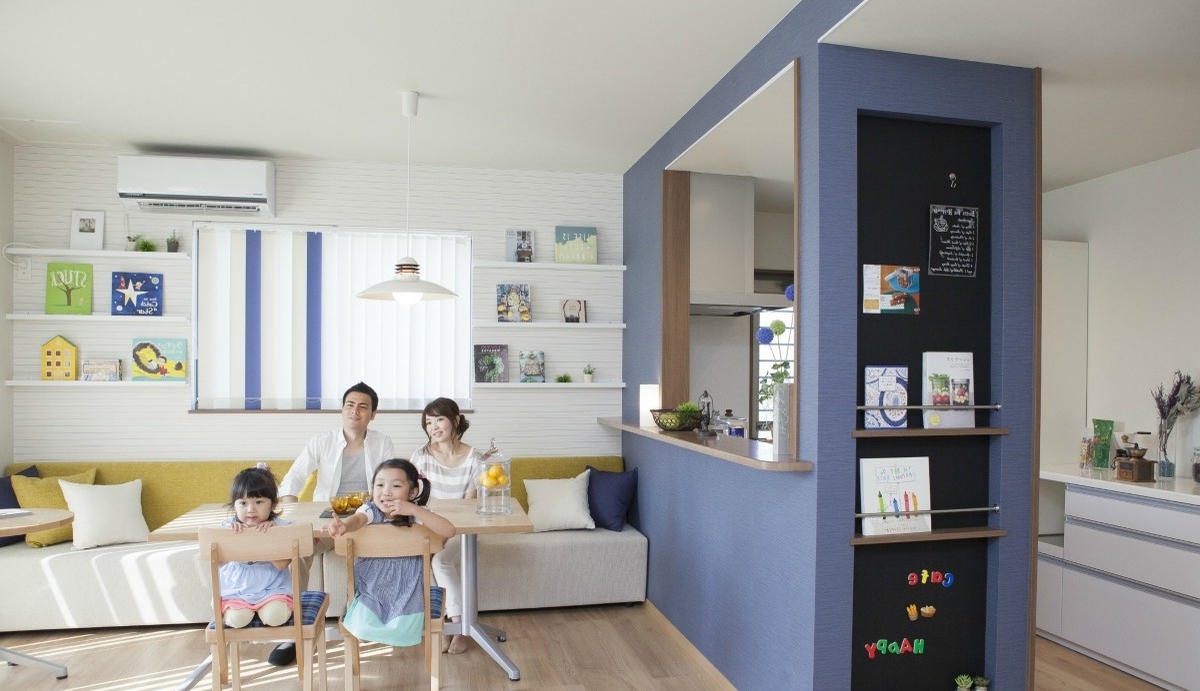

0 thoughts on “How To Organize A Small Kitchen”